Montana American Legion’s Highway Fatality Markers Program
A Volunteer Effort Carried on the Backs of Treasure State Veterans
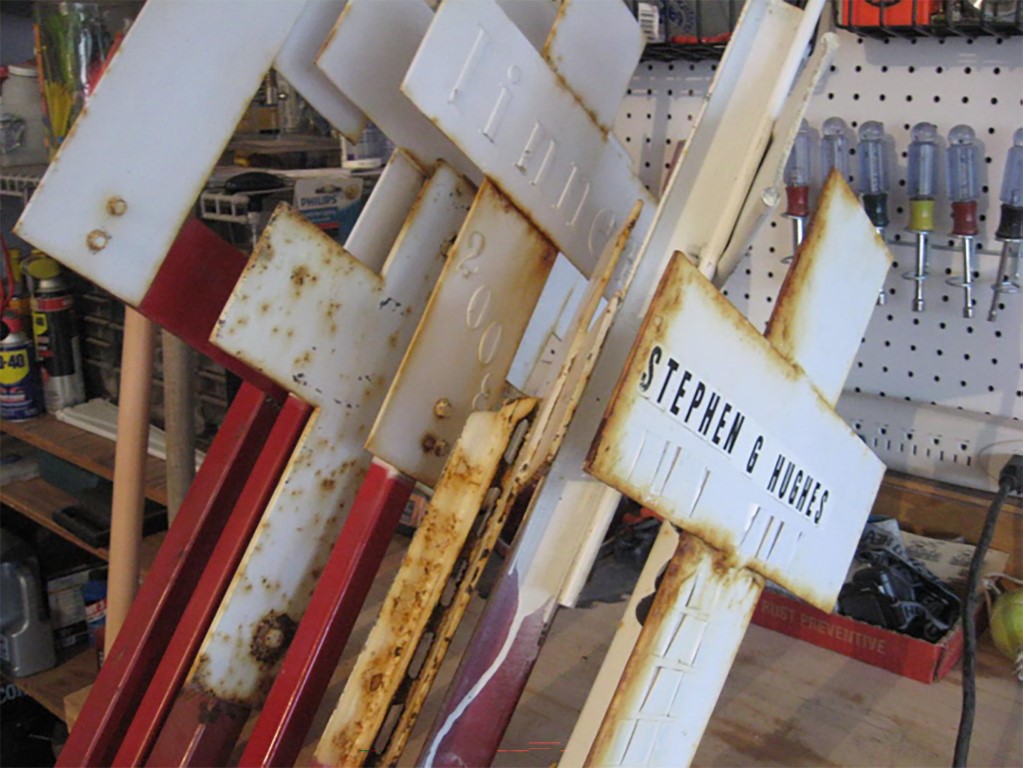
Whether navigating the switchbacks of one of Montana’s serpentine mountain highways or traveling along a stretch of blacktop running arrow-straight across the plains to the distant horizon, it is impossible not to notice the white crosses.
They stand solemnly alongside the state’s highways and interstates, flashing by with no particular cadence—one cross here, another six miles down the road, a cluster of five attached to a single post 50 miles later. The light bounces particularly well off of the bright white paint of those that appear to be newest. Others are dotted with spots of rust and gritty layers of dirt and grime—testaments to the long years they have spent silently guarding the sites they represent.
Each post flags the site of a fatal motor vehicle crash. The number of crosses affixed to the post indicates the number of lives lost in the collision.
“They are not a memorial to someone who passed away,” explains Lowell Long, commander of both the American Legion Department of Montana and of the Montana American Legion Post #48 in Chinook. “The markers are a reminder to people to slow down and drive safely, because unfortunately someone died in that spot.”
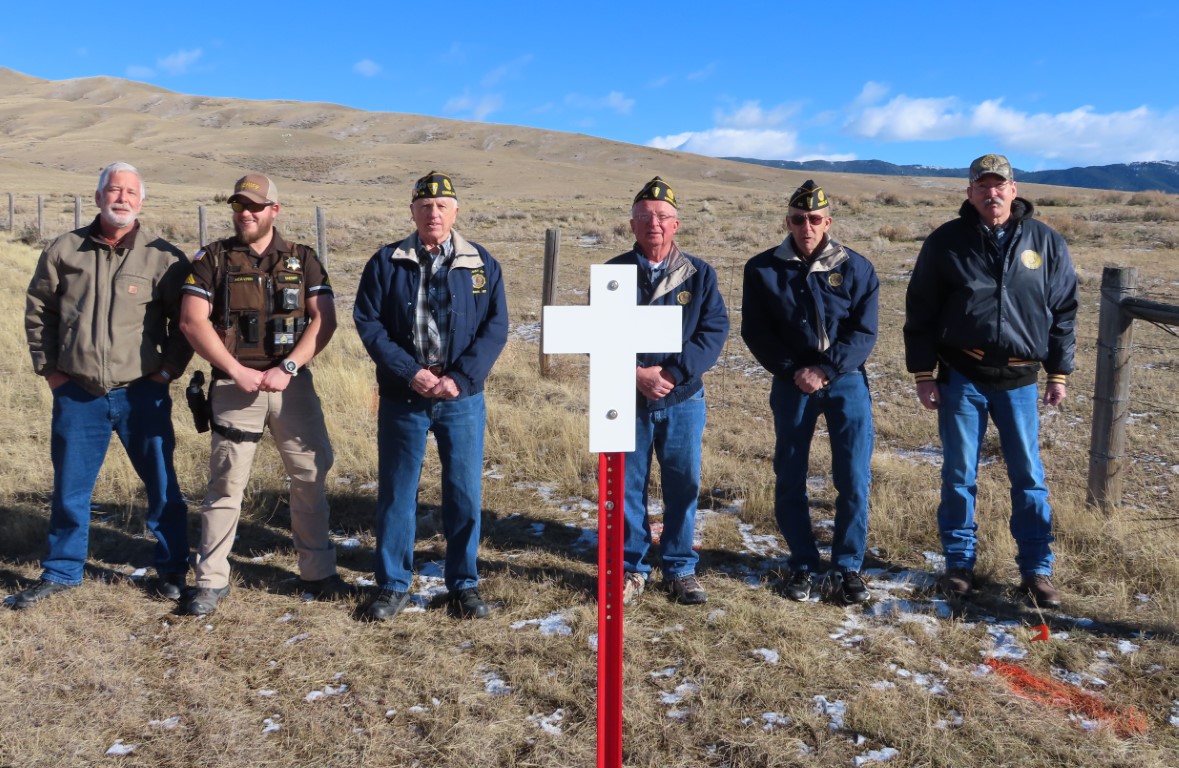
Building Montana’s Highway Fatality Marker Program
Given the fatality markers’ proximity to primary thoroughfares and the similarities they share with traditional highway signs and reflective delineators, many people mistakenly believe the state’s Highway Fatality Marker Program (HFMP) falls within the purview of the Montana Department of Transportation (MDT). And while MDT has played a significant role in raising awareness about the project, it isn’t state workers who are out pounding posts and affixing crosses at crash sites.
The concept of the HFMP was concocted back in 1952 by Floyd Eaheart, a member of Montana American Legion Hellgate Post #27, after six people were killed in motor vehicle crashes over the Labor Day Holiday that year.
Eaheart’s unique idea was approved in 1953 by then-governor J. Hugo Aronson and the highway commission that later evolved into the MDT. It quickly blossomed from a county project to a statewide undertaking—a massive accomplishment for a state that stretches roughly 560 miles east to west and about 320 miles north to south.
The program had been in operation for 54 years in 2007, when then-MDT Director Jim Lynch signed off on the construction and installation of signs announcing the marker program at each of the 15 highway entrances coming into the Treasure State.
“WHITE MARKERS REPRESENT HIGHWAY FATALITIES,” read the bold, blue signs, which stand five feet tall and thirteen feet wide. “MAINTAINED BY THE AMERICAN LEGION OF MONTANA.”
A notation about the Montana American Legion’s fatality marker program was included on the state’s official highway map for the first time that same year, raising further awareness of the veterans’ project and their involvement behind its continued success.
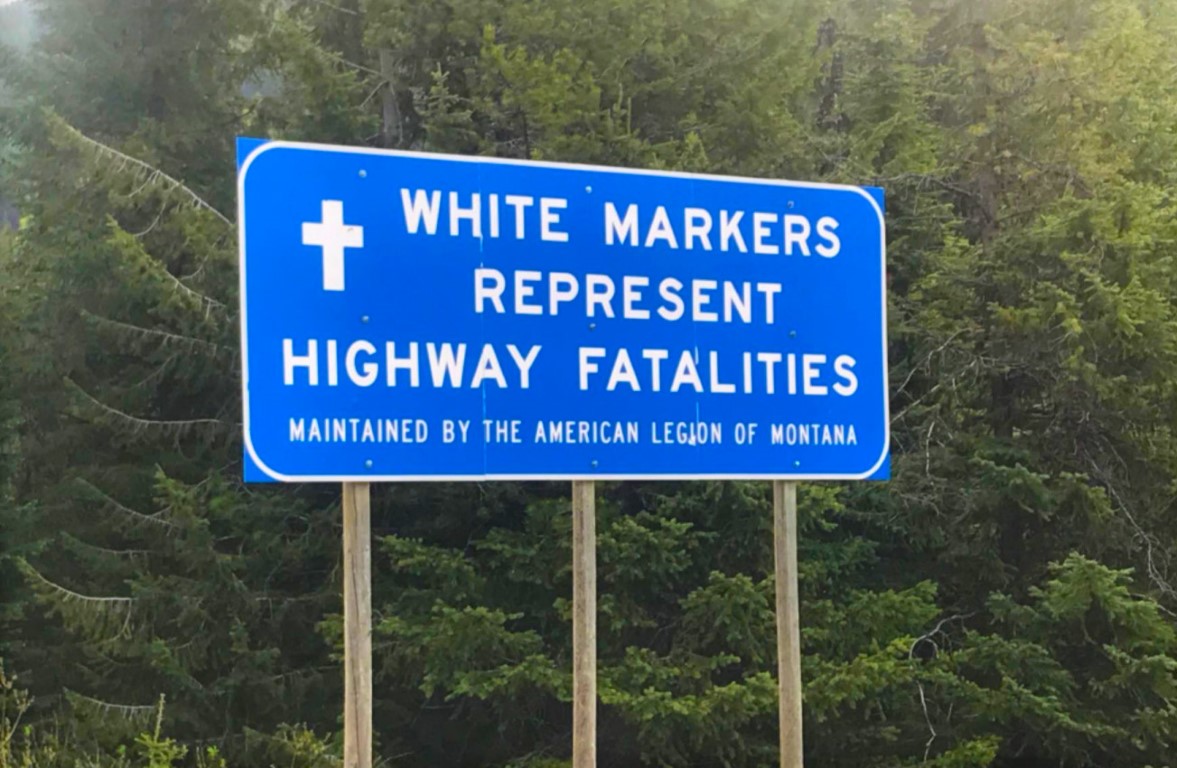
Boots on the Ground
Pinpointing the exact number of markers that have been installed over the past 71 years as part of the ongoing HFMP is a difficult task, if not downright impossible.
“There are well over 2,500,” says Long, who is also a retired U.S. Marine and Montana Army National Guard veteran and served a tour in Iraq. He has been at the helm of the Montana American Legion for the past two years. “In the agreement we have with MDT, if they fix or maintain the road, the marker comes down unless the family of the person who died there asks to have it put back up.”
The markers are installed and maintained by members of the Montana American Legion’s 117 posts, as well as the greater American Legion family, which includes groups such as the Sons of the American Legion and the American Legion Auxiliary, among others.
“Most of the posts have some level of involvement with the fatality marker program,” Long notes. “We have really good coverage around the state overall.”
He estimates that somewhere between 200 and 300 members of the 9,800-member Montana American Legion are actively working on the program. As far as anyone can tell, Montana’s HFMP is the only project of its kind in existence.
“We get a lot of people commenting on it, especially from out of state,” Long notes. “I was at a rest area a while back and someone asked me about all of the crosses they were seeing along the highway, so I explained what they are all about. They were really amazed and hadn’t ever seen a program like this.”
The program’s chairman, Michael Emett, says there are as many as 50 crosses posted over a 35-mile stretch in one area of the state.
“It has an impact on people,” Long adds. “It causes awareness that we need to be vigilant while driving. It makes us stop and think, especially when you see a whole bunch of them in one area. That means a lot of people died in this stretch and drivers really need to pay attention to the road.”

A Volunteer Effort
Perhaps one of the most incredible aspects of the HFMP is the fact it receives absolutely no government funding.
“We have a number of different scrap metal businesses that will allow us to go through their trash and pick out delineator posts that have been pulled out,” explains 75-year-old Emett. “If they’re not too bad, we can get them straightened out. The highway department can’t use them, but we can.”
In addition to his membership in Montana American Legion Post #119 in Yellowstone County, Emett previously served 33 years in the U.S. Air Force and completed tours in both Korea and Iraq. He began serving as chairman of the program in June of 2022 under the guidance of his friend and mentor, former HFMP chairman and fellow Montana American Legion member, Jim Kelly.
“Getting your hands on the crosses is a little bit harder,” acknowledges Emett, who recently contributed hundreds of dollars of his own money to pay for 56 crosses to ensure the program continues in his area. “All of the posts are all on their own with it.”
The crosses are limited to 12 inches wide and 16 inches long.
“We have a guide as to how big they need to be and a lot of different people make them,” says Long.

Several years ago, an industrious Harlem High School student decided to help the program out as part of his school service project.
“He cut out 50 markers with the plasma cutter in the shop and donated them to us,” Long said.
With salvaged and donated materials in hand, these veterans volunteer their time and strength to install and maintain the posts and markers on a regular basis all across the state.
“As the coordinator, I go online every day and gather up information on any fatality crashes that have taken place,” explains Emett. He passes his findings on to all of the participating Montana American Legion posts every two weeks.
“At some point when the ground isn’t frozen, they go out and identify where the accident took place to the best of their ability, and then they have to go back and call 811 for a utilities check,” he continues. “Once that’s approved, they can go out and install the posts.”
They generally try to check and repair the markers on an annual basis.
“Some spray paint, and others brush it on,” says Long. “Brushing it on lasts longer.”
“People are always willing to do what they can to help,” Emett adds of the group effort. “They’re keeping this program going because they believe in it. These are really good people who really care.”
Installing and maintaining the markers not only requires the veterans’ time and manpower, it also presents hazards of its own.
“We really want to remind people that when they see us out there to please slow down as they go by,” he explains. “We have people flying right by us at 70 miles per hour, and it can get pretty nerve-racking.”
It is also important that friends and family members of those who lost their lives take care not to cover the markers with decorations or items that block them from view.
“We don’t want anything that could create a distraction or possible hazard,” Long says. “We think about those who died when we see the markers, but they are not memorials to those who passed away. They are reminders to people to slow down, drive safely, and to take note because someone lost their life there.”
Contribute to the Cause
The Montana American Legion plans to continue the HFMP for as long as there are volunteers and resources to support it. But participation has decreased in some areas over the years, and the cost of materials has only risen.
“I believe this is a very important program,” says Long. “We want people to be safe, and this program will continue for years to come as long as we have people willing to work it.”
Donations are a vital part to the continued existence of the HFMP, and our veterans should not be expected to carry the load alone. The Montana American Legion welcomes monetary donations for the purchase of paint, posts, and supplies, which may be sent to the Department of Montana American Legion at PO Box 155, Fort Harrison MT 59636. Please include a memo notation of Fatality Marker to ensure proper allocation. Contact the Montana American Legion at (406) 324-3990 with any questions.
To contribute materials or supplies, please reach out to Michael Emett at [email protected]. You may also contact Lowell Long at [email protected] or give him a call at (406) 945-4209.


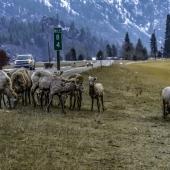

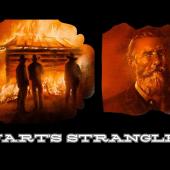

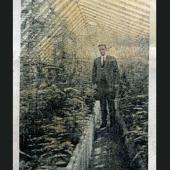
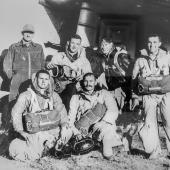


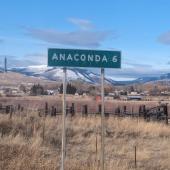

- Reply
Permalink